Electrical & Automation
General Overview Of Wireless Based PLC And SCADA
Views : 5
General Overview Of Wireless Based PLC And SCADA
Prepared By: Senthilkumar .M
Usually dispatched in 2 to 3 days
Usually dispatched in 2 to 3 days
Category:
Electrical & Automation
Only logged in customers who have purchased this product may leave a review.
Related books
Electrical Temperature Measurement
Electrical temperature measurement
The measurement of temperature is of special importance in numerous processes, with around 45% of all required measurement points associated with temperature. Applications include smelting, chemical reactions, food processing, energy measurement, and air conditioning. The applications mentioned are so very different, as are the service requirements imposed on the temperature sensors, their principle of operation, and their technical construction. In industrial processes, the measurement point is often a long way from the indication point; this may be demanded by the process conditions, with smelting and annealing furnaces, for example, or because central data acquisition is required. Often there is a requirement for further processing of the measurements in controllers or recorders.
The direct-reading thermometers familiar to us all in our everyday life are unsuitable for these applications; devices are needed that convert temperature into another form, an electrical signal. Incidentally, these electrical transducers are still referred to as thermometers, although, strictly speaking, what is meant is the transducer, comprising the sensor element and its surrounding protection fitting. In industrial electrical temperature measurement, pyrometers, resistance thermometers, and thermocouples are in common use. There are other measurement systems, such as oscillating quartz sensors and fiber-optic systems that have not yet found a wide application in the industry
Electrical Temperature Measurement
Electrical temperature measurement
The measurement of temperature is of special importance in numerous processes, with around 45% of all required measurement points associated with temperature. Applications include smelting, chemical reactions, food processing, energy measurement, and air conditioning. The applications mentioned are so very different, as are the service requirements imposed on the temperature sensors, their principle of operation, and their technical construction. In industrial processes, the measurement point is often a long way from the indication point; this may be demanded by the process conditions, with smelting and annealing furnaces, for example, or because central data acquisition is required. Often there is a requirement for further processing of the measurements in controllers or recorders.
The direct-reading thermometers familiar to us all in our everyday life are unsuitable for these applications; devices are needed that convert temperature into another form, an electrical signal. Incidentally, these electrical transducers are still referred to as thermometers, although, strictly speaking, what is meant is the transducer, comprising the sensor element and its surrounding protection fitting. In industrial electrical temperature measurement, pyrometers, resistance thermometers, and thermocouples are in common use. There are other measurement systems, such as oscillating quartz sensors and fiber-optic systems that have not yet found a wide application in the industry
Concept of SCADA System
SCADA is an acronym for Supervisory Control and Data Acquisition
❑ Data Acquisition :
Gathers information from widely distributed processes
❑ Supervisory Control :
Calculate and give limited control instructions to distant process facilities
Concept of SCADA System
SCADA is an acronym for Supervisory Control and Data Acquisition
❑ Data Acquisition :
Gathers information from widely distributed processes
❑ Supervisory Control :
Calculate and give limited control instructions to distant process facilities
Electrodeionization versus Electrodialysis: A Clean- Up of Produced Water in Hydraulic Fracturing
Abstract:
Electrodeionization (EDI) is a widely studied process ranging from applications in wastewater clean-up in the food and beverage industry to purifying organic compounds. To date, there are no apparent studies on applying this technology to produced wastewater recovered from hydraulic fracking sites. Water consumption within hydraulic fracturing sites can reach in the upwards of millions of gallons per site, so a need for a water recycling process becomes necessary within areas where water requirements are scarce. Implementation of an EDI module that is capable of handling high salt solutions from produced wastewater in subsequent fracturing practices will decrease overall water demands, making this an environmentally sustainable process as well. This study will focus on the selective removal of high concentrations of ions using ion-selective membranes and ion exchange wafers in Wafer-Enhanced Electrodeionization (WE-EDI) of hydraulic fracturing solutions for improved water recovery and reuse within industrial applications. Experiments were performed using a WE-EDI setup with varied wafer composition and thickness in comparison with electrodialysis for selective removal of divalent ions (Ca2+) over monovalent ions (Na+ ) from simulated and fracking solutions. Research sought to show that when increasing the wafer thickness and changing the composition (weak acid compared to strong acid resins) there would be a greater overall current efficiency observed and subsequently lower power consumption. This research concluded that there is some degree of enhanced selectivity with increased wafer size, as well as varied composition compared to a traditional ED system. Continued research is recommended to conclude uncertainties, eliminate areas of system performance error and to further solidify all hypothesizes within this research.
Electrodeionization versus Electrodialysis: A Clean- Up of Produced Water in Hydraulic Fracturing
Abstract:
Electrodeionization (EDI) is a widely studied process ranging from applications in wastewater clean-up in the food and beverage industry to purifying organic compounds. To date, there are no apparent studies on applying this technology to produced wastewater recovered from hydraulic fracking sites. Water consumption within hydraulic fracturing sites can reach in the upwards of millions of gallons per site, so a need for a water recycling process becomes necessary within areas where water requirements are scarce. Implementation of an EDI module that is capable of handling high salt solutions from produced wastewater in subsequent fracturing practices will decrease overall water demands, making this an environmentally sustainable process as well. This study will focus on the selective removal of high concentrations of ions using ion-selective membranes and ion exchange wafers in Wafer-Enhanced Electrodeionization (WE-EDI) of hydraulic fracturing solutions for improved water recovery and reuse within industrial applications. Experiments were performed using a WE-EDI setup with varied wafer composition and thickness in comparison with electrodialysis for selective removal of divalent ions (Ca2+) over monovalent ions (Na+ ) from simulated and fracking solutions. Research sought to show that when increasing the wafer thickness and changing the composition (weak acid compared to strong acid resins) there would be a greater overall current efficiency observed and subsequently lower power consumption. This research concluded that there is some degree of enhanced selectivity with increased wafer size, as well as varied composition compared to a traditional ED system. Continued research is recommended to conclude uncertainties, eliminate areas of system performance error and to further solidify all hypothesizes within this research.
Energy Efficient Electric Motors Systems
Introduction:
This manual gives a brief description of state-of-the-art technologies used to develop high efficiency motors, including premium efficiency induction motors, permanent magnet motors, and switched reluctance motors.
It also analyses issues that affect motor system efficiency and provides guidelines on how to deal with those issues namely by:
Selection of energy‐efficient motors
Properly sizing of motors;
Using Variable Speed Drives (VSDs), where appropriate. The use of VSDs can
lead to better process control, less wear in the mechanical equipment, less
acoustical noise, and significant energy savings;
Optimisation of the complete system, including, the distribution network,
power quality and efficient transmissions;
Motor Systems Energy Assessments
Taking Measurements
Applying best maintenance practices.
Motor Repair
How to win approval for energy efficiency projects
Energy Management Systems
Energy Efficient Electric Motors Systems
Introduction:
This manual gives a brief description of state-of-the-art technologies used to develop high efficiency motors, including premium efficiency induction motors, permanent magnet motors, and switched reluctance motors.
It also analyses issues that affect motor system efficiency and provides guidelines on how to deal with those issues namely by:
Selection of energy‐efficient motors
Properly sizing of motors;
Using Variable Speed Drives (VSDs), where appropriate. The use of VSDs can
lead to better process control, less wear in the mechanical equipment, less
acoustical noise, and significant energy savings;
Optimisation of the complete system, including, the distribution network,
power quality and efficient transmissions;
Motor Systems Energy Assessments
Taking Measurements
Applying best maintenance practices.
Motor Repair
How to win approval for energy efficiency projects
Energy Management Systems
Testing and Commissioning of Electrical Equipment
INTRODUCTION
The purpose of these specifications is to assure that all tested electrical equipment and systems supplied by either contractor or owner are operational and within applicable standards and manufacturer’s tolerances and that equipment and systems are installed in accordance with design specifications. The need for acceptance testing of electrical power systems is very clear to those with extensive start-up and/or operating experience.
Shipping and installation damage, field and factory wiring errors, manufacturing defects, and systems and components not in accordance with drawings and specifications are some of the many problems that can be detected by appropriate testing. When these defects are found before start-up they can be corrected under warranty and without the safety hazards and possible equipment and consequential damages or loss of use/production that can occur if discovered after startup or energizing. In addition, test results obtained during acceptance testing are invaluable as base reference data for periodic testing which is an essential element of an effective maintenance program.
This document lists a majority of the field test available for assessing the suitability for service and reliability of the power distribution system. Certain tests have been assigned an “optional” classification. The following considerations were used in determining the use of the “optional” classification: 1. Did another test listed provide similar information? 2. How did the cost of the test compare to the cost of other tests providing similar information? 3. How commonplace was the test procedure? Is it new technology? While acknowledging the above, it is still necessary to make an informed judgment for each particular system regarding how extensive the testing should be. The approach taken in these specifications is to present a comprehensive series of tests that is applicable to most industrial and larger commercial systems.
The guidance of an experienced testing professional should be sought when making decisions such as how extensive testing should be. In smaller systems, some of the tests can be deleted. In other cases, a number of the tests indicated as optional should be performed. As a further note, it is important to follow the recommendations contained in the manufacturer’s instruction manuals. Many of the details of a complete and effective acceptance testing procedure can only be obtained from that source.
Testing and Commissioning of Electrical Equipment
INTRODUCTION
The purpose of these specifications is to assure that all tested electrical equipment and systems supplied by either contractor or owner are operational and within applicable standards and manufacturer’s tolerances and that equipment and systems are installed in accordance with design specifications. The need for acceptance testing of electrical power systems is very clear to those with extensive start-up and/or operating experience.
Shipping and installation damage, field and factory wiring errors, manufacturing defects, and systems and components not in accordance with drawings and specifications are some of the many problems that can be detected by appropriate testing. When these defects are found before start-up they can be corrected under warranty and without the safety hazards and possible equipment and consequential damages or loss of use/production that can occur if discovered after startup or energizing. In addition, test results obtained during acceptance testing are invaluable as base reference data for periodic testing which is an essential element of an effective maintenance program.
This document lists a majority of the field test available for assessing the suitability for service and reliability of the power distribution system. Certain tests have been assigned an “optional” classification. The following considerations were used in determining the use of the “optional” classification: 1. Did another test listed provide similar information? 2. How did the cost of the test compare to the cost of other tests providing similar information? 3. How commonplace was the test procedure? Is it new technology? While acknowledging the above, it is still necessary to make an informed judgment for each particular system regarding how extensive the testing should be. The approach taken in these specifications is to present a comprehensive series of tests that is applicable to most industrial and larger commercial systems.
The guidance of an experienced testing professional should be sought when making decisions such as how extensive testing should be. In smaller systems, some of the tests can be deleted. In other cases, a number of the tests indicated as optional should be performed. As a further note, it is important to follow the recommendations contained in the manufacturer’s instruction manuals. Many of the details of a complete and effective acceptance testing procedure can only be obtained from that source.



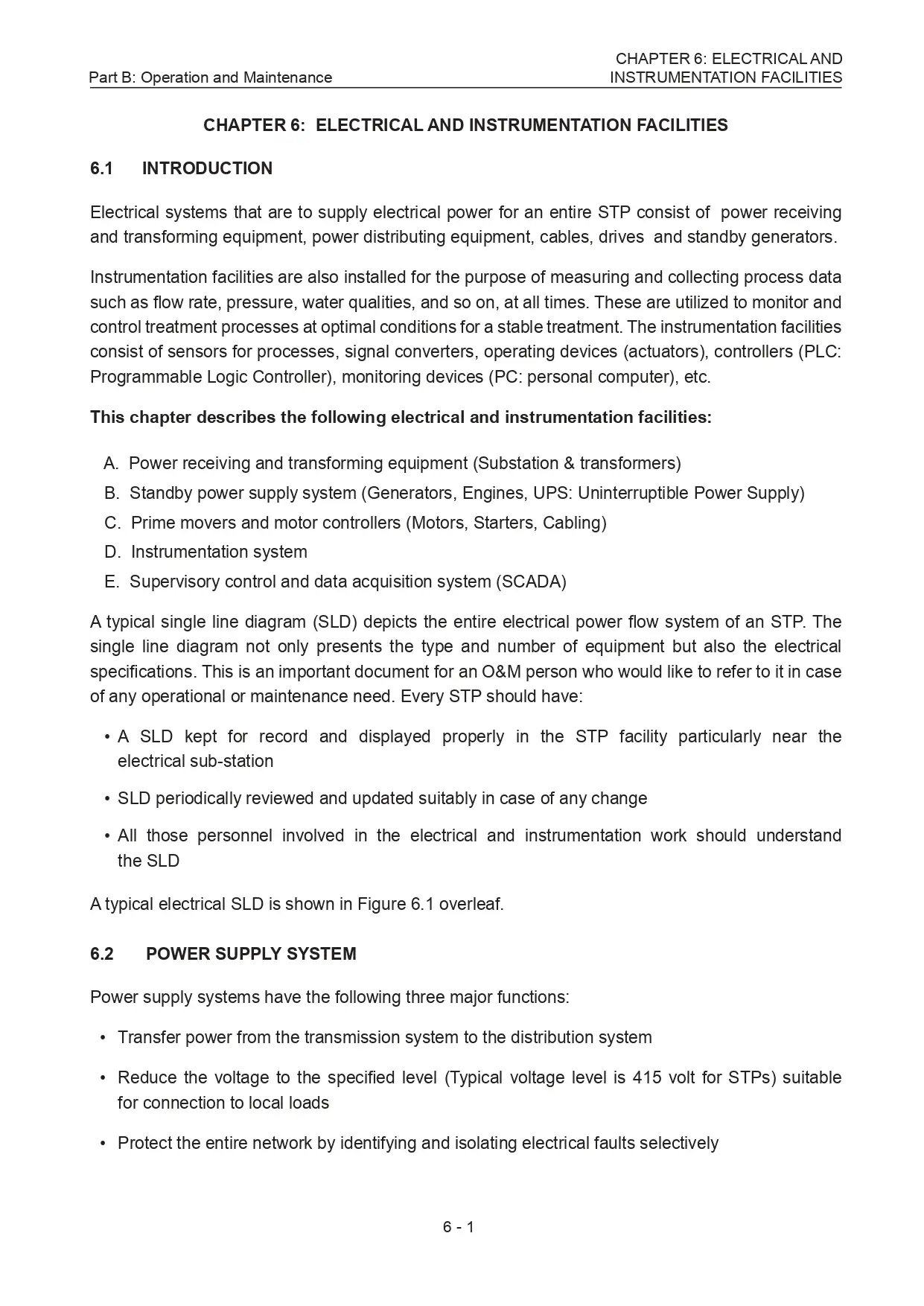
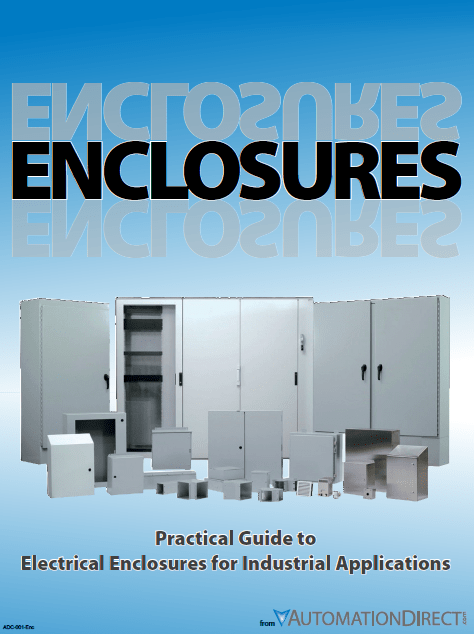

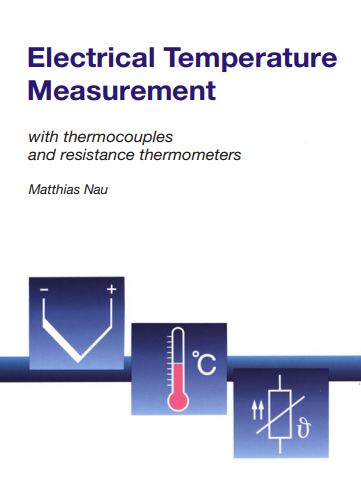

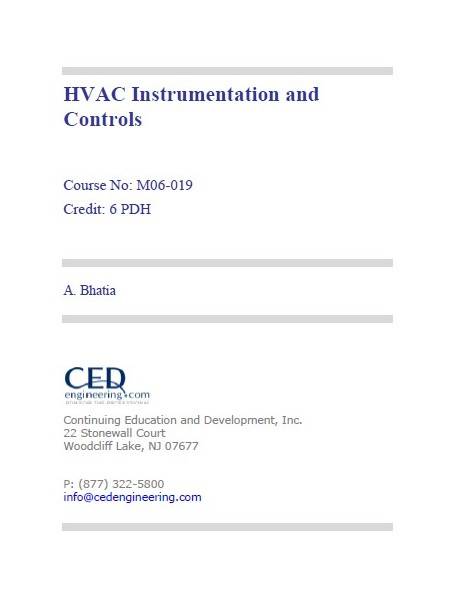
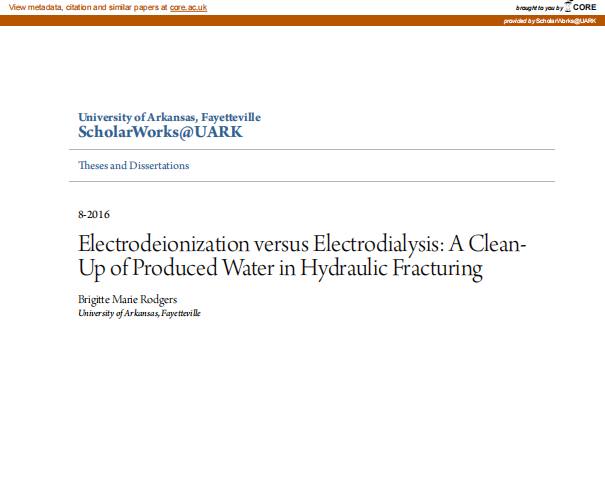



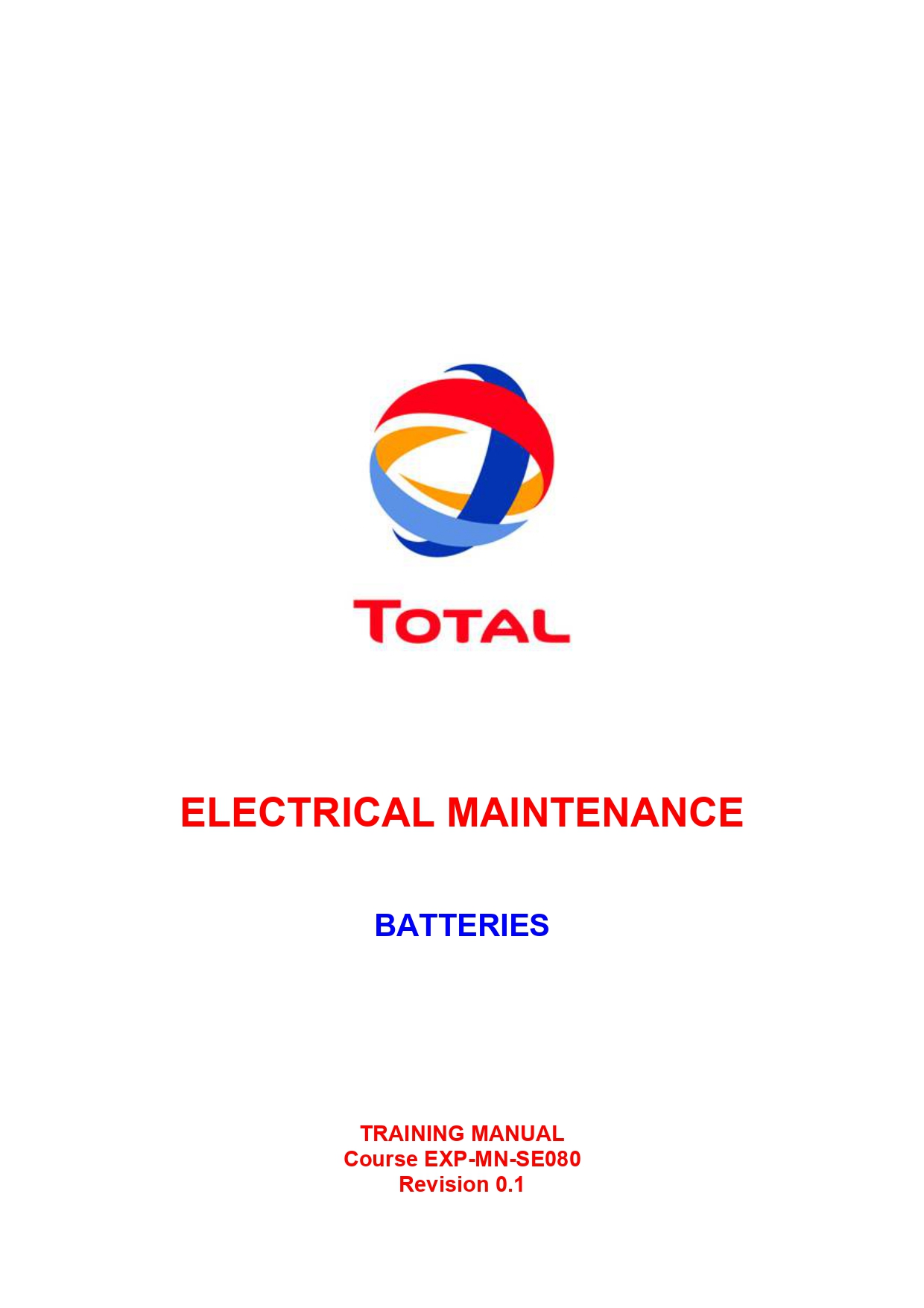

Reviews
There are no reviews yet.